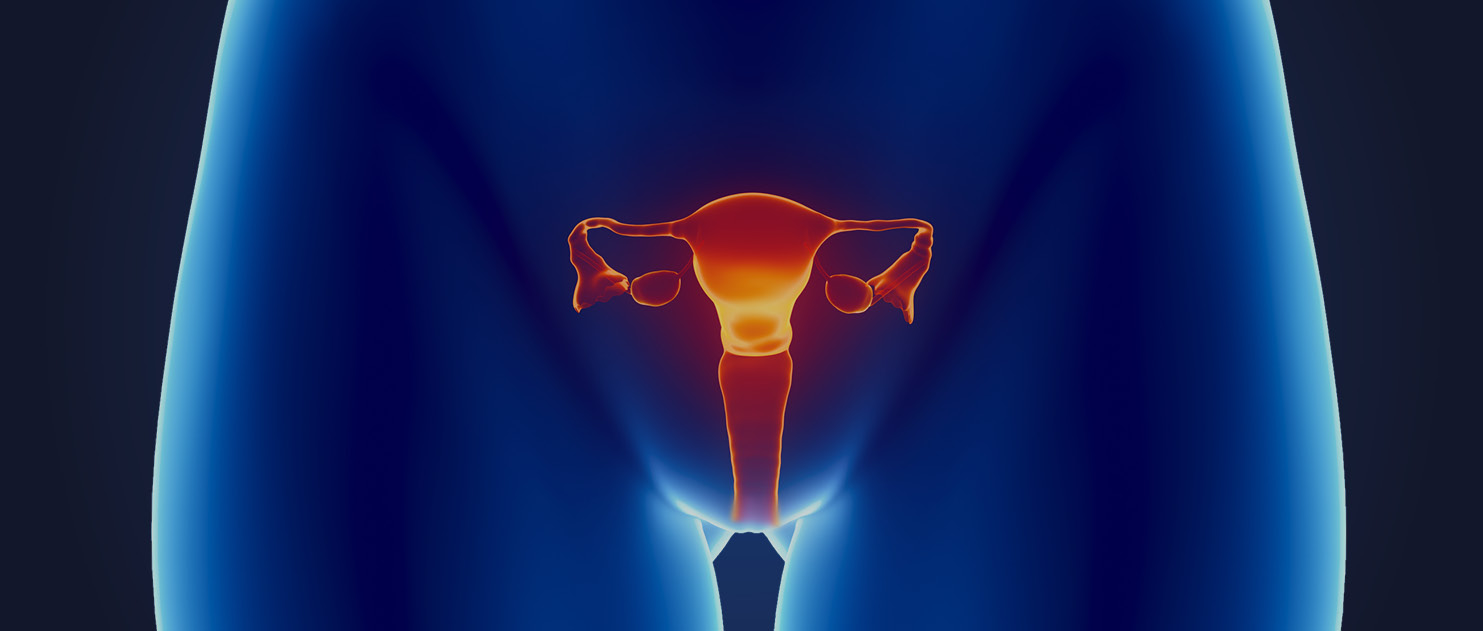CERVICAL CANCER
The cervix is in the bottom part of the uterus (or womb, where a baby grows). It joins the uterus to the vagina (birth canal). Before cervical cancer appears, the cells of the cervix go through precancerous changes, known as dysplasia. Usually this is a slow process that develops over many years. A Pap test given every three-to-five years looks for these changes. If precancerous cells are found, they often can be removed.
Causes of cervical cancer
Most cases of cervical cancer are caused by infection with human papillomavirus (HPV), which usually is passed from person to person by sexual contact. The average person's lifetime risk of contracting HPV is about 80%.
In most people, the immune system clears the virus before it is detected or causes cells to change. However, in a small percentage of people the virus will remain and cause cell changes that may develop into cancer.
Types of cervical cancer
Cervical cancer is classified based on the type of cell where it develops. The most common types of cervical cancer are:
Squamous cell carcinoma (cancer): This is the most common type of cervical cancer and is found in 80% to 90% of cases. It develops in the lining of the cervix.
Adenocarcinoma: This type of cervical cancer develops in gland cells that produce cervical mucus. About 10% to 20% of cervical cancers are adenocarcinomas.
Mixed carcinoma (cancer): Occasionally, cervical cancer has features of squamous cell carcinoma and adenocarcinoma.
In rare instances, other types of cancer, such as neuroendocrine(small and large cell cervical cancer), melanoma, sarcoma and lymphoma, are found in the cervix.
Cervical cancer risk factors include:
• Age: The risk of cervical cancer increases with age. It is found most often in women over the age of 40. However, younger women often have precancerous lesions that require treatment to prevent cancer.
• Smoking: Cigarette smoke contains chemicals that damage the body's cells. It increases the risk of precancerous changes in the cervix, especially in women with HPV.
• Sexual behavior: Certain types of sexual activity may increase the risk of getting HPV infection. These include:
1) Multiple sexual partners,
2) high-risk male partners,
3) first intercourse at an early age and
4) not using condoms during sex.
Other cervical cancer risk factors include:
• Lack of regular Pap tests• Having a sexually transmitted disease (STD), including chlamydia
• Diethylstilbestrol (DES) exposure before birth: This drug was used between 1940 and 1971 to help women not have miscarriages. Women whose mothers took DES during pregnancy have a high risk of vaginal and cervical cancers.
• HIV infection
• Weakened immune system: Having an organ transplant or taking steroids raises the risk of developing cervical cancer.
• Being overweight or not eating a healthy diet
Not everyone with risk factors gets cervical cancer. However, if a woman does have risk factors it’s a good idea to discuss them with a health care provider.


